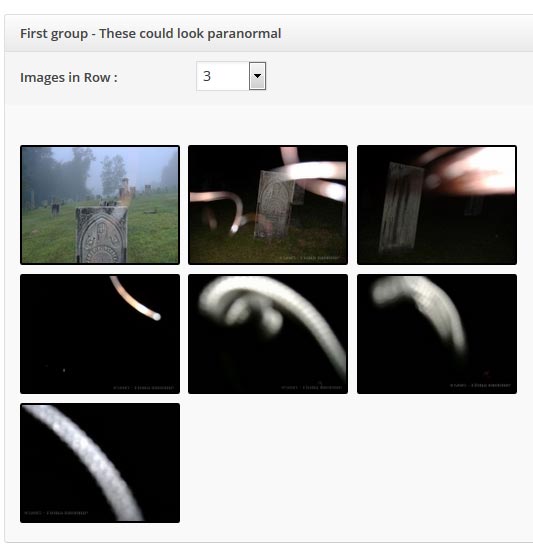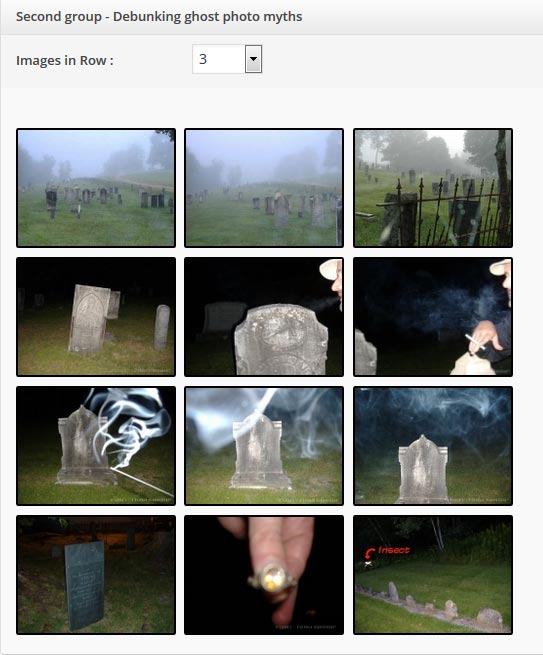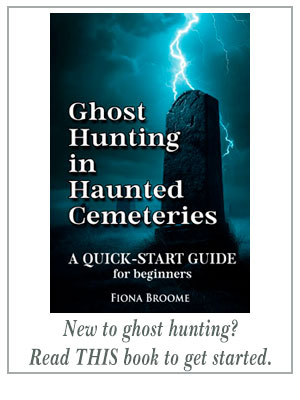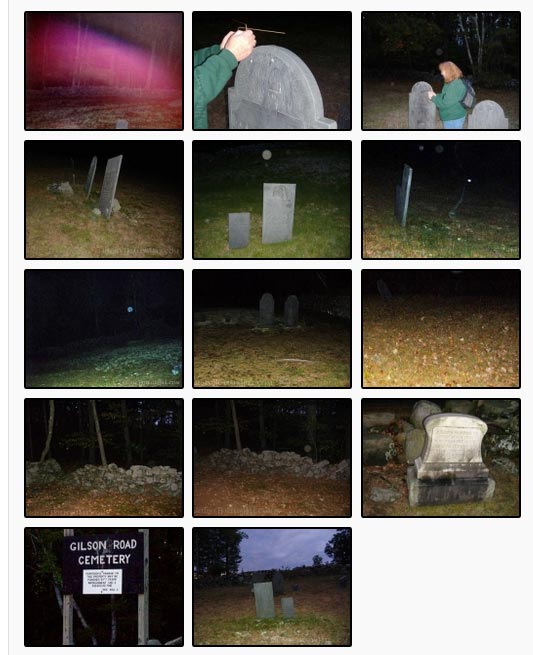
In the past, ghost hunters could discreetly slip into haunted sites that weren’t clearly open to the public. If it was public property – or abandoned – and it wasn’t posted, some investigators thought, “Why not?”
I’ve always advised against investigating sites that aren’t clearly open to the public for ghost research.
For example, in New England, Danvers (MA) State Hospital site has been notorious for trespassing, vandalism, and arrests of well-meaning ghost enthusiasts.
It’s one of many locations with eerie reputations, and vigilant security or police patrols.
Like many other locations in isolated spots, it’s easy for police to observe trespassers from a distance. Ghost hunters are at risk as soon as they drive up the road or driveway, or turn on their flashlights. Quite literally, they shed light on their own crimes.
Modern equipment and the police
Today, surveillance cameras and other devices – similar to the tools we use in our research – make trespassing even more risky.
The following December 2015 story – from KUTV (Utah, USA) – is a good example of what can happen if you break the law.
‘Haunted’ Property Owner Asks Trespassers to Keep Out
(KUTV)In Northern Utah, authorities are looking to the public in help finding a few people they want to talk to after vandalism was discovered at a former Catholic retreat believed to be haunted. The pictures are clear, taken from surveillance video a new property owner installed in recent weeks… Despite multiple signs posted on the property – “No Trespassing” and “Keep Out”, threatening fines and jail time for violators, individuals are still coming through the area… In some publications and online sites, the area has been described as a good ghost hunting location, a fun place to take a date and get a thrill, but authorities say this is no laughing matter. (Emphasis added.)
That particular location – St. Anne’s, in Logan Canyon – is mentioned at many websites, including credible YouTube videos, as a reliable place to find ghosts. You can even find St. Anne’s ghost story at otherwise-trustworthy websites like the Weird US site.
This is why you must investigate site accessibility, even before you decide if a location might be haunted enough to explore.
If you don’t, or if you choose to risk getting caught, the quality of surveillance footage – day or night – can be good enough to convict you.
Don’t expect to see warning signs.
Don’t waste your time looking for the cameras, either. They can be tiny or well-concealed in hollowed-out tree branches or fence posts.
Modern surveillance equipment has become inexpensive and easy to use. Many locations are using it to detect trespassers, and fine them for vandalism they might be responsible for.
In the case of the Utah ghost hunters, that’s a $10,000 door that someone had kicked in.
(Really, if you’re facing a jury and trying to explain that, yes, you did trespass, but no, you didn’t damage anything, do you expect them to believe you? Is ghost hunting worth that risk?)
More about trespassing and the law
Trespassing can be a felony in some American communities. Jail time can be as much as a year, and fines can be as high as $4,000 per person, at the discretion of the judge.
If you’re an American convicted of a felony, you can be denied your right to vote in the U.S. You can also be denied travel to some other countries, including Canada and parts of Europe. If an employer or landlord runs a background check on you, a felony conviction looks very bad.
Since my earliest articles at Yankee Haunts (mid-1990s) and HollowHill.com, I’ve always focused on haunted locations people can investigate, with permission. Nearly all sites I talk about – at websites, on TV and radio, and in books – are open to the public.
What happened to the kids who were caught in Utah could happen to anyone. Don’t take that chance.
How to stay safe
If you’re not sure whether a location is open to the public for ghost investigations:
- Visit the location and look for signs, or ask the staff (if any) about restrictions.
- Ask the reference librarian at the local public library, or check with the regional historical society.
- Stop at the local visitors’ center or chamber of commerce, and verify the location and the hours it’s open to the public.
Of course, I always recommend visiting each haunted site during the daytime, to evaluate it for research and plan your investigation.
But, if that’s not possible, be sure to confirm when the location is open to the public for ghost hunting, and if any fees, rules, or limits apply.
Or, limit your ghost hunting to daytime hours, as well as ghost tours, public ghost hunting events, and ghost vigils.
If the police show up…
If the police arrive, don’t run. Smile and look innocent, perhaps even stupid. (After all, you probably were stupid or at least didn’t check if the site was safe for ghost hunting.)
Answer all of their questions honestly. It may help to always say “sir” (or “ma’am”) at the end of each sentence.
Don’t smile. Don’t smirk.
If anyone on your team is being a jerk, call them out right away. Don’t just try to signal to them that they’re risking arrest. Say it straight out: “[Name], you’re not helping us here,” or “[Name], show some respect.”
Make it clear that the team member who’s acting like a fool does not represent you or the rest of the team.
Be prepared to empty your backpack and your pockets. If the officer wants to smell what’s in your beverage container, open it right away; after all, you have nothing to hide… right?
Also be prepared for at least one officer to be a ghost hunter as well. More than once, the same officer who’d been questioning us… Well, he’d then show us where the eeriest and most haunted areas are, at that site.
Show respect for the police and they’re more likely to respect you.
And you’ll avoid a citation or even arrest.
The police are not our enemies. Often, they’re among our best resources.
Related articles
- How to get permission to ghost hunt
- 8 Things NOT to do in a haunted cemetery
- Dangers of Paranormal Research
Learn the best ways to find ghosts, in local (and legal!) places…
 GHOST HUNTING IN HAUNTED CEMETERIES – A How-To Guide : CLASSIC EDITION
GHOST HUNTING IN HAUNTED CEMETERIES – A How-To Guide : CLASSIC EDITION
Step into the eerie realm of haunted cemeteries.
In “Ghost Hunting in Haunted Cemeteries – Classic Edition,” you’ll learn to discover haunted cemeteries near you, pinpoint the most active areas, and identify the graves most likely to hold supernatural secrets.
With step-by-step instructions and expert tips, you’ll learn how to conduct thorough investigations that reveal the true nature of haunted cemeteries and graveyards.
This is the classic guide, updated and expanded. It goes far beyond the basics. Whether you’re a seasoned ghost hunter, or someone intrigued by eerie places, this book is your key to unlocking the mysteries that lie within haunted cemeteries.
Available at Amazon and other booksellers.

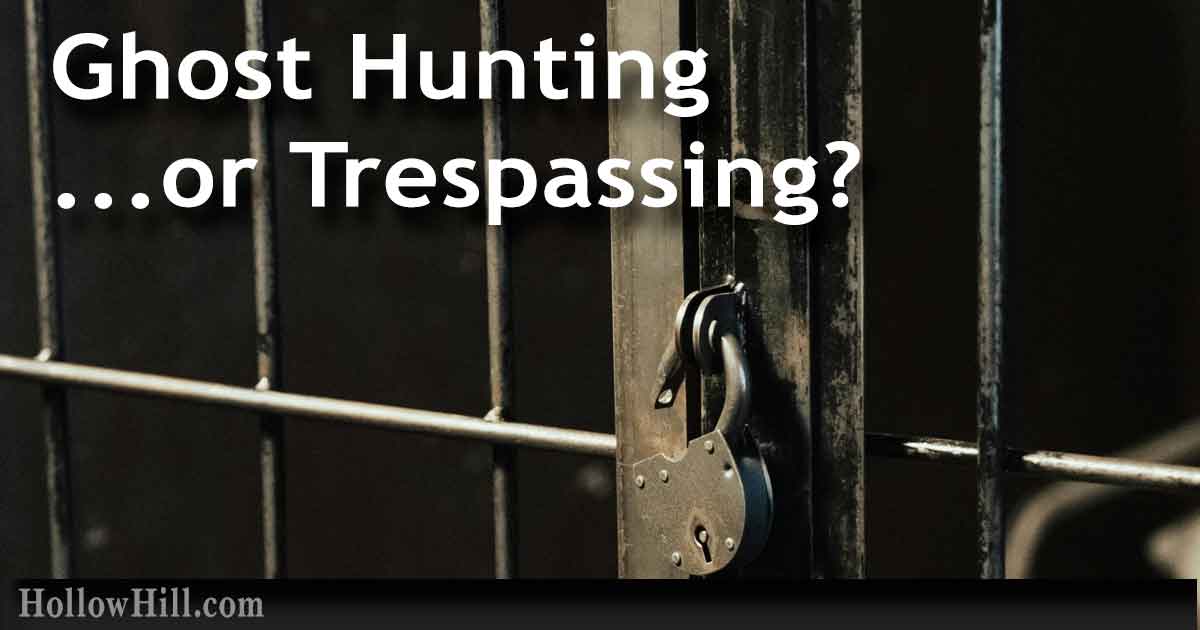

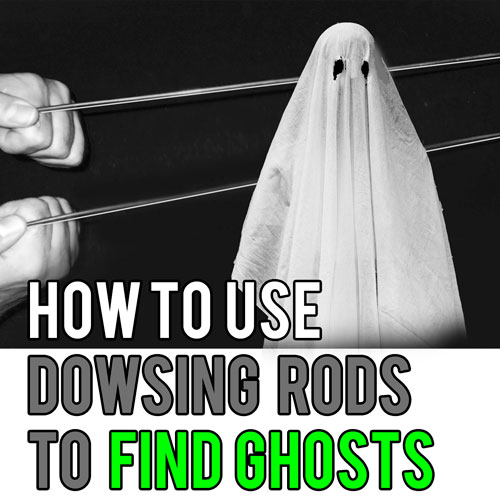
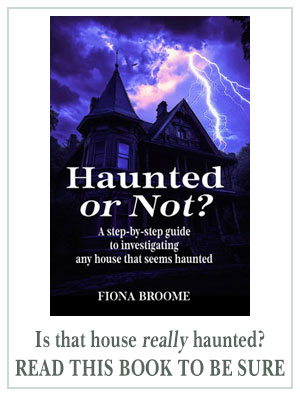
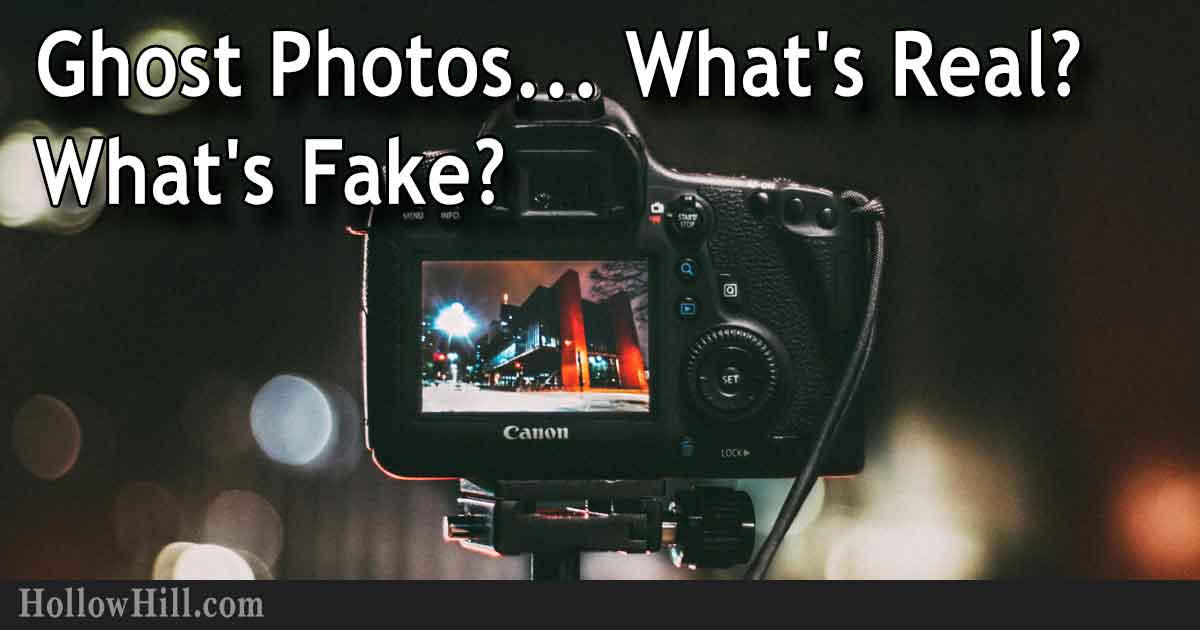
 The first group of photos, below, could look paranormal if you didn’t know what was in the picture.
The first group of photos, below, could look paranormal if you didn’t know what was in the picture.